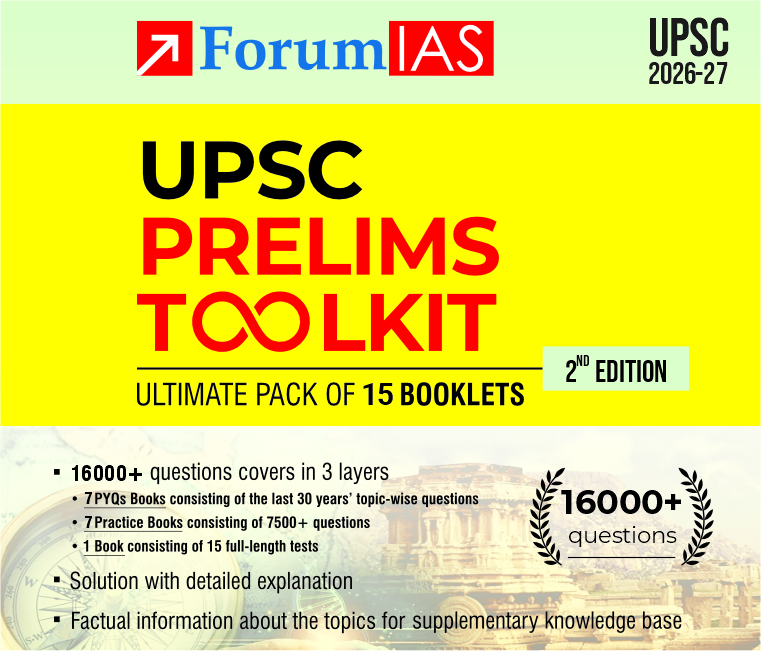Source: The post Delays in local body elections in India has been created, based on the article “Delays in civic polls put spotlight on ‘weak’ state election commissions” published in “Business Standard” on 25th January 2025
UPSC Syllabus Topic: GS Paper2-policy-Election
Context: The article discusses delays in local body elections across India despite constitutional mandates under the 73rd and 74th Amendments. Weak State Election Commissions, ward delimitation issues, and government inaction are key reasons behind these delays in urban and rural elections.
For detailed information on Challenges faced by local bodies in India read Article1, Article2
What are the constitutional provisions for local elections?
- 73rd and 74th Amendments: Gave constitutional status to panchayats and urban local bodies (ULBs).
- Articles 243U and 243E: Mandate elections before the expiry of local bodies’ terms.
- Articles 243K and 243ZA: Empower State Election Commissions (SECs) to oversee elections.
What are the conditions of local body elections in India?
- Frequent Delays: Elections to local bodies are often delayed, as seen in Uttarakhand (over a year), Brihanmumbai Municipal Corporation (last elections in 2017), and Bengaluru (term ended in 2020, no elections since).
- Non-adherence to Schedule: The 73rd and 74th Amendments mandate timely elections, but no fixed schedule exists for these.
- Weak SECs: Only 11 out of 35 states empower SECs for ward delimitation; in most states, this is controlled by governments.
- Ward Delimitation Issues: Delays result from government inaction and legal disputes, such as Nagaland’s 20-year delay over women’s reservation objections.
- Operational Delays: Even after elections, state governments delay operationalising councils by 11 months on average.
- Widespread Problem: 61% of ULBs in 15 major states (Janaagraha, 2023) and 60% nationwide (CAG, 2024) experienced delays.
What does the Kovind committee propose for simultaneous elections?
- The Kovind committee, led by former President Ram Nath Kovind, proposed a structured approach to simultaneous elections in India:
- Simultaneous Elections: Advocates for synchronized polls for the Lok Sabha and state legislative Assemblies.
- Local Body Elections: Recommends that elections to rural and urban local bodies occur within 100 days of the Lok Sabha and Assembly elections. This includes 256,990 gram panchayats and over 2 million rural wards, alongside 3,408 municipalities and 80,436 urban wards.
- Objective: Aims to streamline election processes and reduce the frequency of elections across different levels of government.
- Exclusion in the 129th Amendment Bill (2024): The bill proposed simultaneous Lok Sabha and assembly elections but excluded local body polls.
Question for practice:
Examine the reasons behind delays in local body elections in India despite constitutional mandates under the 73rd and 74th Amendments.






